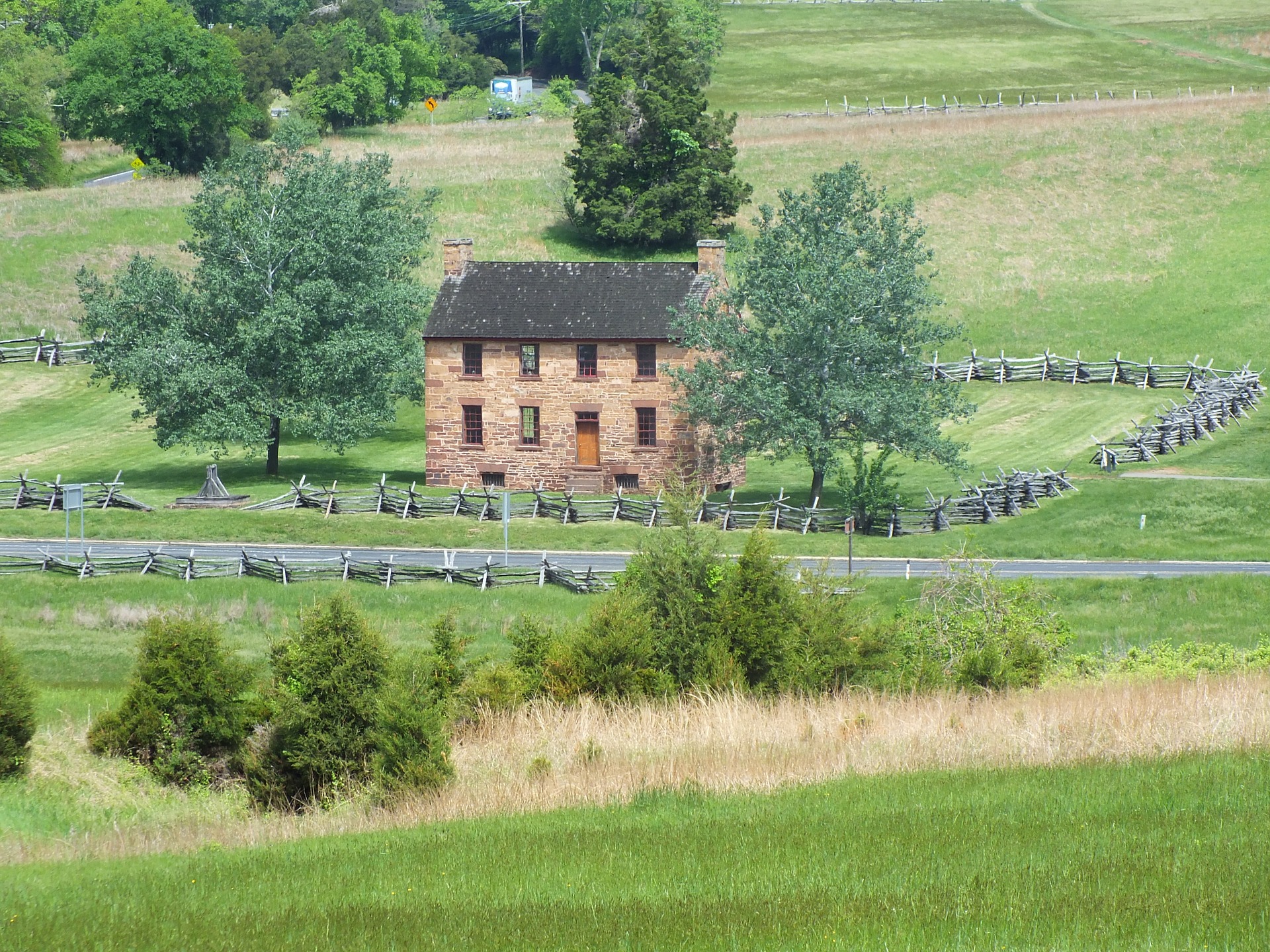Combating Smoke: Effective Solutions for Fireplaces in Manassas, VA
The crackling sound of burning wood, the warmth radiating from the hearth, and the mesmerizing spectacle of dancing flames – a fireplace is indeed a cozy, comforting feature in many homes. However, an improperly functioning fireplace can pose significant health hazards, including exposure to toxic smoke. Therefore, maintaining a clean, efficient fireplace is crucial, particularly in areas such as Manassas, Virginia, where fireplaces are a common feature in homes.
One local company, A&T Chimney Sweeps fireplace, furnace, dryer vent, gutter cleaning and repair services in Manassas VA, has been at the forefront of providing top-notch solutions for homeowners facing issues with their fireplaces. This article explores some of the effective solutions for combating smoke in fireplaces, with valuable insights from the industry’s best practices.
Understanding the Problem
Smoke is a natural byproduct of combustion. When wood burns in a fireplace, it produces smoke filled with unburned particles and gases. Ideally, the smoke should travel up the chimney and out of the house. However, various issues can prevent this from happening, causing the smoke to spill into the home instead. This not only creates a smoky, unpleasant atmosphere but also increases the risk of carbon monoxide poisoning.
Causes of Fireplace Smoke
There are several reasons why a fireplace might smoke, including a blocked chimney, improper fireplace design, insufficient air supply, or the use of unseasoned wood. Identifying the root cause is the first step towards finding an effective solution.
Solutions for Combating Smoke
1. Regular Chimney Cleaning and Inspection: A blocked or dirty chimney is a common cause of smoke problems. It’s essential to have your chimney inspected and cleaned at least once a year. This will ensure that soot, creosote, and any other obstructions are removed, allowing smoke to exit your home properly.
2. Proper Fireplace Design and Installation: The design of your fireplace plays a crucial role in its efficiency. The size and shape of the fireplace, the height of the chimney, and the size of the flue should all be correctly proportioned for optimal performance. If your fireplace is smoking, it might be worth having a professional check if it’s properly designed.
3. Adequate Air Supply: Fire needs oxygen to burn, and if there isn’t enough air supply, the fire will struggle to burn properly, causing smoke. Ensure that there are enough air inlets in the room, and keep the glass doors of the fireplace open when it’s in use.
4. Use Seasoned Wood: Burning unseasoned or wet wood can produce a lot of smoke. Always use dry, seasoned wood, which is less likely to smoke and will also provide more heat.
5. Install a Chimney Cap: A chimney cap can prevent downdrafts (wind blowing down the chimney), which can cause smoke to blow back into the room. A cap also keeps out rain, snow, and animals, which can block the chimney.
6. Use a Smoke Guard: A smoke guard is a metal bar that you can install at the top of your fireplace. It reduces the size of the fireplace opening, which can help to prevent smoke spillage.
7. Install an Exhaust Fan: If all else fails, you might consider installing an exhaust fan at the top of your chimney. This will help to draw out the smoke, even when the conditions aren’t ideal.
In conclusion, a smoky fireplace is more than just an annoyance; it’s a potential health hazard. Fortunately, with the right approach and professional assistance, it’s a problem that can be solved. By understanding the causes of a smoky fireplace and implementing the solutions outlined above, you can enjoy your fireplace without the worry of smoke.
FAQs
Q: How often should I have my chimney cleaned?
A: It’s recommended to have your chimney cleaned at least once a year, preferably before the start of the heating season.
Q: What type of wood is best for reducing smoke?
A: Hardwoods, like oak or maple, that have been seasoned for at least six months are best for reducing smoke.
Q: Can a chimney cap help reduce smoke?
A: Yes, a chimney cap can prevent downdrafts that can cause smoke to blow back into the room.
Q: What is a smoke guard?
A: A smoke guard is a metal bar installed at the top of the fireplace. It reduces the size of the fireplace opening, which can help prevent smoke spillage.
Q: Can an exhaust fan be used to combat smoke?
A: Yes, an exhaust fan installed at the top of your chimney can help draw out the smoke, especially in unfavorable conditions.
Remember, when it comes to your fireplace and chimney needs, professional help is invaluable. Get in touch with a reliable, experienced service provider for the best results.








